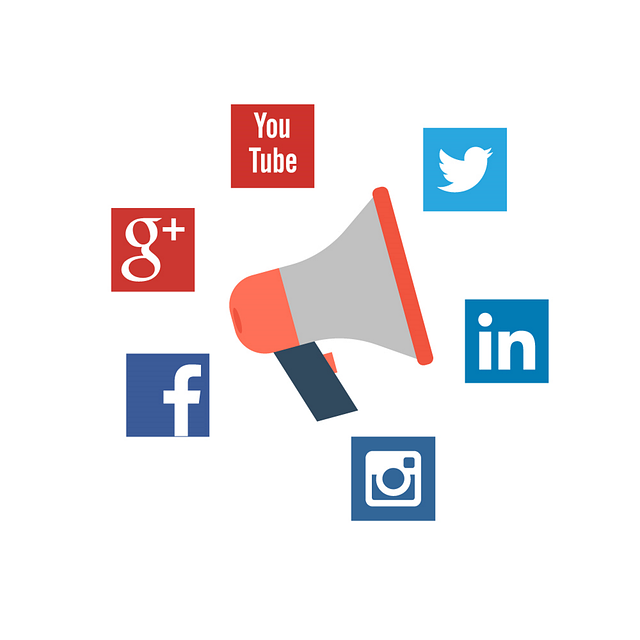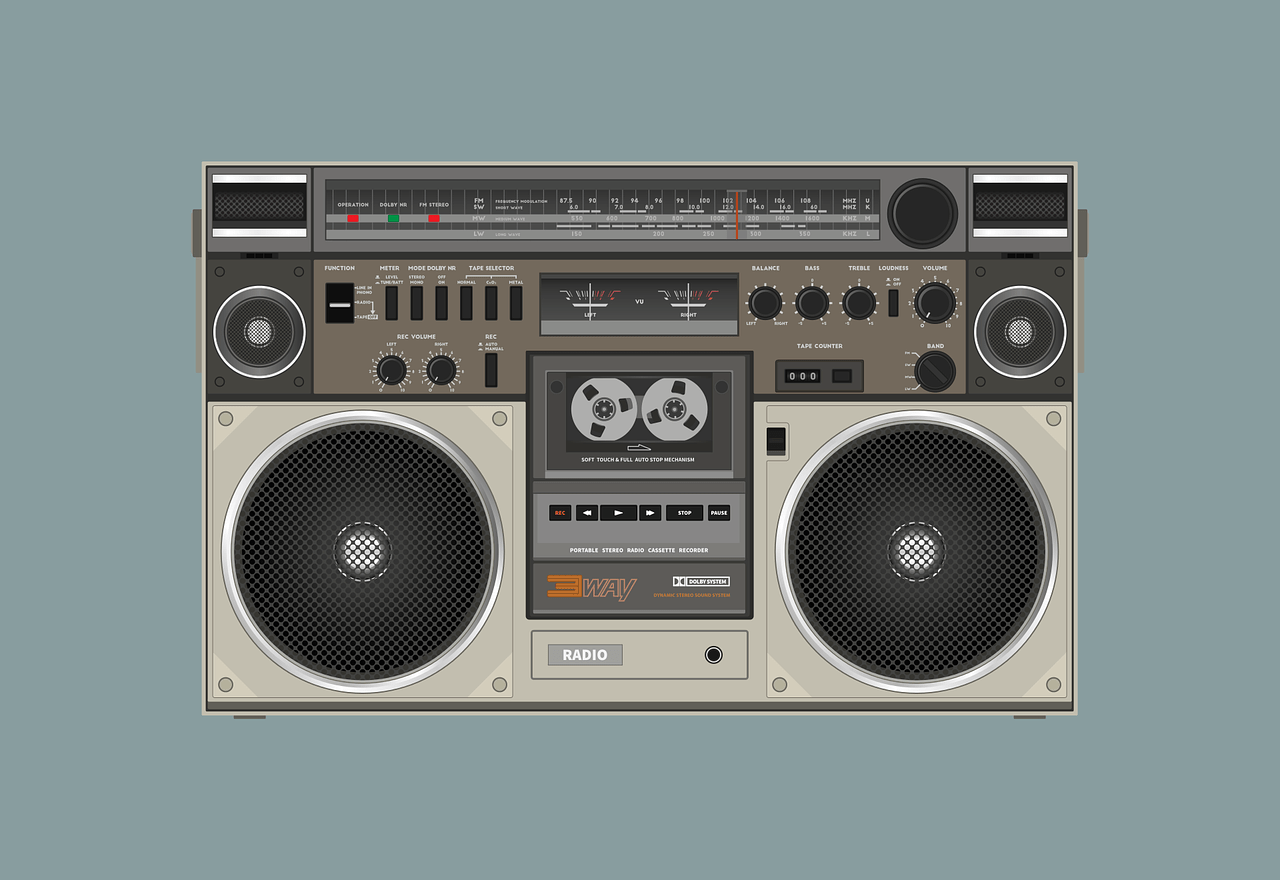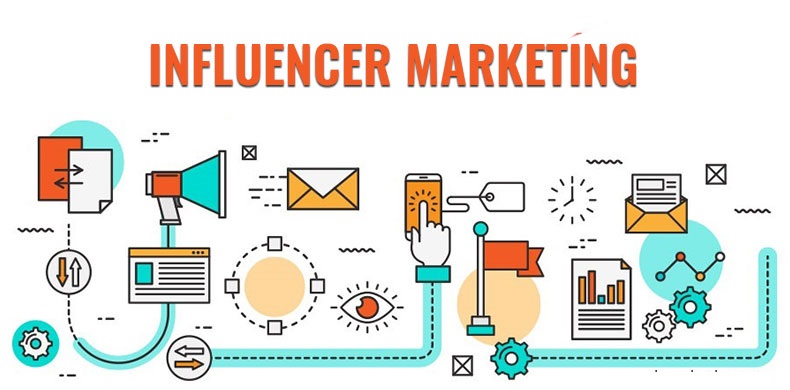
Small and mid-sized businesses can reach potential customers through iheartradio advertising. Your ads are highly targeted and based on the audience you have. This allows them to reach people who might not otherwise know about your brand.
iHeartMedia provides many advertising platforms such as podcasts, digital audio, and broadcast radio. Their podcast advertising segment accounts for 10 percent of their revenue, and has seen a 79 percent increase in the first quarter.
Advertisers are able to target their ads based off user data. This allows them to be more effective and engage with users than other ad types. They can also set up a campaign to run for a specified period of time and customize the frequency at which their ads air.
They can use their budgets for impression purchases. These impressions are tracked on their account, and they are paid as they run. They can also alter their campaigns and their budgets after they're booked.

AdBuilder provides a self-service platform for small businesses to create and send radio ads to the airwaves. It can support local businesses and national brands. AdBuilder uses algorithms that help SMBs optimize their advertising budgets to maximize exposure.
iHeartRadio AdBuilder supports SMBs as well as providing data reports and analytics once the campaigns are finished. This allows users of iHeartRadio AdBuilder to make informed decisions about their campaigns and can help them determine if they are achieving a clear ROI.
The iHeartRadio AdBuilder platform is easy to use and helps SMBs optimize their ad budgets, allowing them to reach potential customers when they're most likely to listen. They can choose to have their iHeartRadio ads broadcast in a single or nationwide market.
iHeartRadio's Oldies Stations
Nearly all the stations in the iHeartMedia lineup feature oldies music. The 500-song playlist is divided into roughly half 1960s and half 70s songs. They also feature a few local live announcers, who voicetrack from the station's studio or a nearby location.
This strategy is very effective for iHeartRadio, as older stations tend to be more competitive than younger ones in the market. It's also a good strategy for iHeartRadio since these stations are more likely long-term listeners, making them more valuable to advertisers.

JKR Advertising & Marketing has been a long-standing partner of iHeartMedia. The company was recently honored as one the top partners by iHeartRadio. This partnership is an excellent example of how AM/FM radio can be used in order to generate business from automotive dealers.
IHeartMedia also has a strong presence in the digital marketing space and is known for its high-quality content and storytelling. The company's podcast segment is growing by 79percent in the first quarter. And its social media presence is also continuing to grow.
Podcasts from iHeartRadio cover a range of topics and offer a unique opportunity for marketers to reach their target audience via podcast advertising. They can help promote a brand, share a news story, or launch a new product.
FAQ
Why use social media for advertising your business?
Social Media Marketing (SMM) allows you to reach customers where they are - on social networks such as Facebook, Twitter, LinkedIn, YouTube, Google+, etc. You can also target specific groups within these networks using keywords.
This advertising method is much more affordable than traditional marketing methods because it costs less to market online. It also allows you to build strong relationships with your current and potential clients.
It is easy to use social media to promote your company. All you need to get started with social media is a smartphone or a computer, and an internet connection.
What is affiliate Marketing?
Affiliate marketing is an internet business model in which you refer customers to other products and services. The product owner pays you for each person who buys from you.
Affiliate marketing relies on referrals. People don't need to do anything to purchase from you. Simply refer people to the website.
You don't have to sell anything. It's just as easy to sell as it is to buy.
In minutes, you can also set up an affiliate account.
Referring as many people as possible will increase your commission.
There are two types of affiliates:
-
Affiliates who are the owners of their own websites
-
Affiliates that work for companies offering products and services.
What is the cost of advertising on social media?
Social media advertising is expensive if you choose to take this route. Based on the time spent on each platform, you will be charged monthly.
Facebook - $0.10 Per 1,000 Impressions
Twitter - $0.20 per 1,000 impressions (if you tweet)
Send out invitations on Linkedin for $0.30 per 1000 impressions
Instagram - $0.50 for 1,000 impressions
Snapchat - $0.60 for 1,000 impressions ($0.40 Per User)
YouTube - $0.25/1000 views
Tumblr Text Posts - $0.15 Per 1,000 Impressions
Pinterest - $0.05 per 1,000 impressions per month
Google + - $0.15-$0.20 per 1 million impressions
Tumblr - $0.15- $0.20 per 100,000 impressions
Vimeo – $0.20- $0.25 Per 10,000 Impressions
Soundcloud - $0.20-$0.25 per 1 million plays
StumbleUpon - $0.20 -$0.25 per 1 billion pageviews
Digg - $0.20 to $0.25 per 1000 diggs
Reddit: $0.20-$0.25 for 1000 comments
Wordpress $0.20-$0.25 per 500 Comments
Flickr - $0.20 -- $0.25 per 5,000 photo uploads
Advertising is what?
Advertising is an art form. It's more than just selling products. It's about building emotional bonds between brands and people.
Advertising is all about telling stories with images and communicating ideas.
Communicating clearly and persuasively is key. Your target market should be able to relate to the story you tell.
Advertising is therefore distinct from other forms communication such as writing and public speaking.
Because when you create a successful ad campaign, you are creating a brand identity for yourself.
And this is how you become memorable. You become someone that people remember.
What is the best way to advertise online?
Internet advertising has become an integral part any business strategy. It is a cost-effective way for companies to reach potential customers. However, there are many different types of internet advertising available. Some are completely free while others require payment.
There are several options for advertising on the internet. These include banner ads, pop-up advertisements, search engine optimization (SEO), PPC (pay-per-click) advertisements, social media and mobile marketing. Each method offers its own advantages and disadvantages.
What is an advertising buyer?
Advertisers buy advertising space on television, radio, and print media.
Advertisers are paid for the time that their message will appear.
They don't necessarily seek the best ad; they want to reach their target markets with the most effective ad.
Advertisers may have demographic information such as the age, gender, marital status, income level, occupation, hobbies, and interests of their customers.
This information can be used by advertisers to decide which media works best for them. For example, they might decide that direct mail would be more effective with older audiences.
Advertisers also evaluate the competition. Advertisers may decide to place their ads in close proximity to similar businesses.
Advertisers must also take into account the size of their budget as well as the time it will take to spend the money before it expires.
How do I choose my target market?
Start with yourself, and the people closest to you. You might be unsure where to begin. Ask yourself: "Whom am I trying to reach?"
Ask yourself these questions: Who are the most influential people in my industry? What are their biggest challenges? What are their top talents? They hang out online.
Take a look back at how you started your company. Why did you start? What problem solved you for yourself? How did that happen?
These answers will help you identify who your ideal clients are. You'll also learn more about what makes them tick and why they buy from you.
For clues on who your competitors cater to, check out their websites and social media pages.
Once you have identified the target customers, it is time to decide what channel(s) you want to use to reach them. For example, if your company provides services to real estate agents, you might create an informational website targeting home buyers.
A blog that targets small-business owners could be a possibility if you are a software provider.
You could also create a Facebook account for teens if you sell clothing. If you own a restaurant, you can set up a twitter account to provide information for parents searching for child-friendly options.
It is important to remember that there are many methods of getting your message across.
Statistics
- In 1919 it was 2.5 percent of gross domestic product (GDP) in the US, and it averaged 2.2 percent of GDP between then and at least 2007, though it may have declined dramatically since the Great Recession. (en.wikipedia.org)
- Nonetheless, advertising spending as a share of GDP was slightly lower – about 2.4 percent. (en.wikipedia.org)
- This means that at least 50% of an ad needs to be shown on the screen for at least one second. (quicksprout.com)
- Google will display whichever ad type (CPM or CPC) is expected to earn more revenue for the publisher, which is in Google's best interest since they take a 32% share of the revenue. (quicksprout.com)
External Links
How To
How do I advertise on Google?
AdWords is Google's advertising platform where businesses can buy ads based on keywords they want to target. Your account is the first step. Set the budget, select the campaign name, and then add keywords. Then you bid on those keywords. When someone clicks one of the ads you place, they pay only if that click comes from someone who searched with one of your targeted keywords. This ensures that you are paid even if people do not buy anything.
Google offers many tools to ensure your ads are successful. These tools include Ads Preferences Manager Manager, Keyword Planner and Analytics. These tools allow you see which options work best for your business.
Keyword planners help you choose the keywords that will be used in your campaigns. The keyword planner also helps you determine how much competition exists for specific keywords. This will allow you to decide whether you want to spend money bidding.
Ads Preferences Manager allows you to modify settings like the maximum number impressions per day, and the minimum cost of each click.
Analytics allows you monitor and compare the performance to your ads against other companies. You can also view reports showing how well your ads performed compared to others.